Driving Game Simulator Rigs
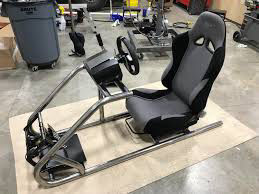

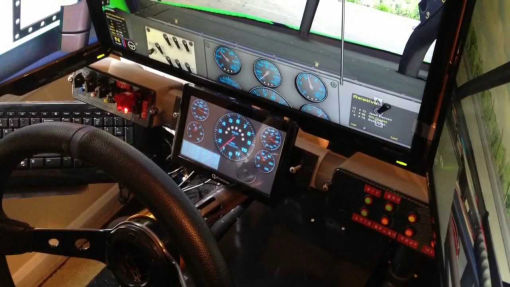
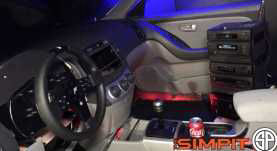
The simulators come as software, the actual setup you use will be what increases the realism and makes it immersive. These are complex programs which take up a lot of disk space and are memory hungry, so a good quality computer with lots of memory and disk space is essential.
A handheld joystick controller may operate some of the functions but alone will not enable full control. Although a keyboard offers the higher amount of buttons needed, they can be extremely difficult when it comes to steering. So many purchase additional controls, specialised flight joysticks, throttle units and rudder pedals for flight simulators, and steering wheels, gear sticks and foot pedals for the driving style simulators. Additional 'Button Boxes' or software that displays on a separate screen, tablet or phone are also commonly used.
These controllers due to the way they operate and move (sometimes quite aggressively) need to be securely mounted, they will not work well balanced on your lap or a small coffee table, and if you decide to use a computer desk can often get in the way when trying to do day to day stuff on your computer.
So many make or purchase what is known as a 'Sim-Rig', a dedicated seat and rigid mounting to attach the controls too. These can resemble a vehicle for racing or driving simulators, or an airplane cockpit for those using flight simulators. Some of the later are very expensive costing many thousands of pounds and utilise real parts from aircraft (or replicas), multiple screens and many additional specialised control panels. See below.





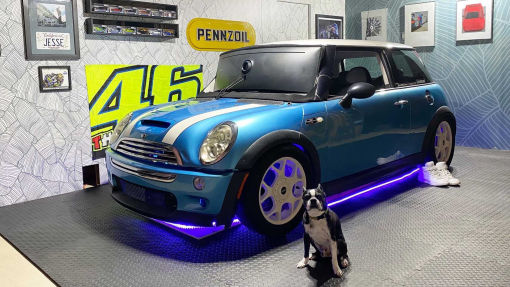
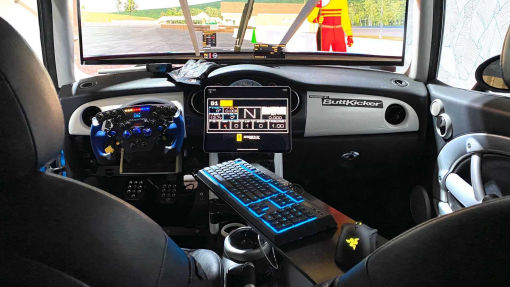
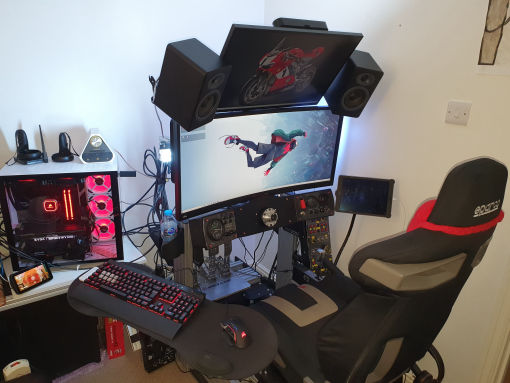
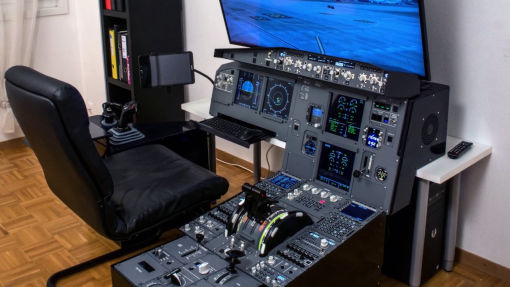
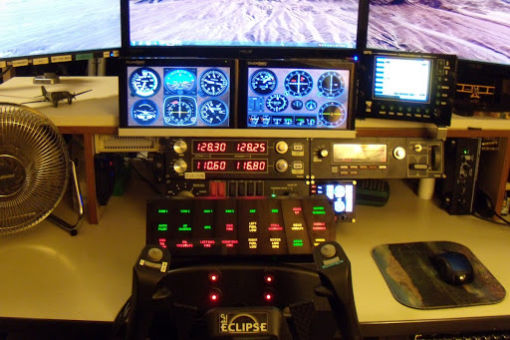
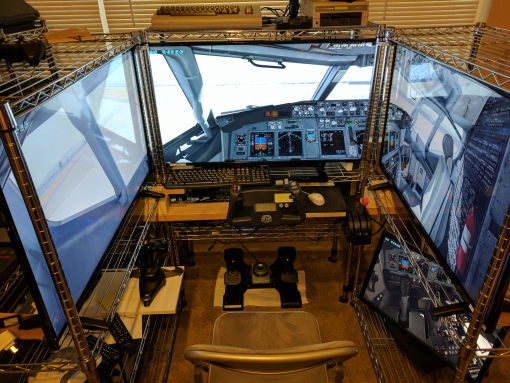
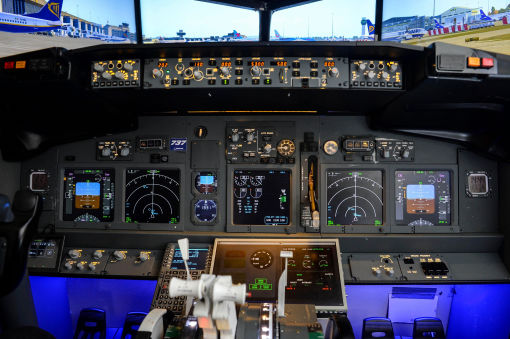
The modern flight simulator can replicate a vast variety of aeroplanes, and utilise hundreds of different airports.
Using AI technology, even voice communication between the aircraft and control tower can be replicated.
How to build a free website - Find more